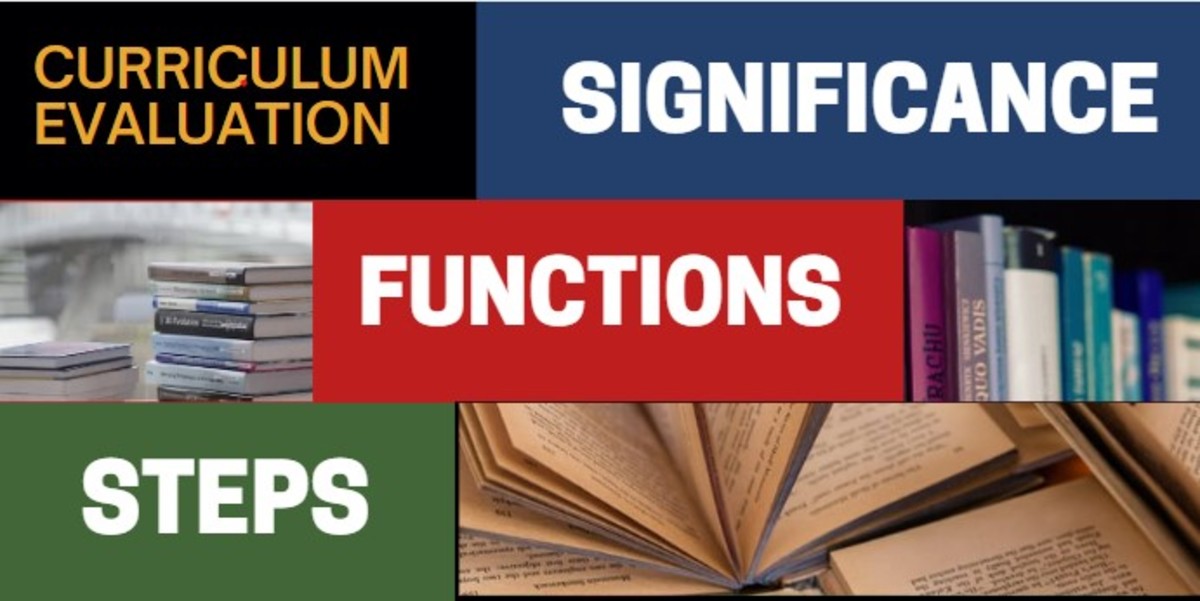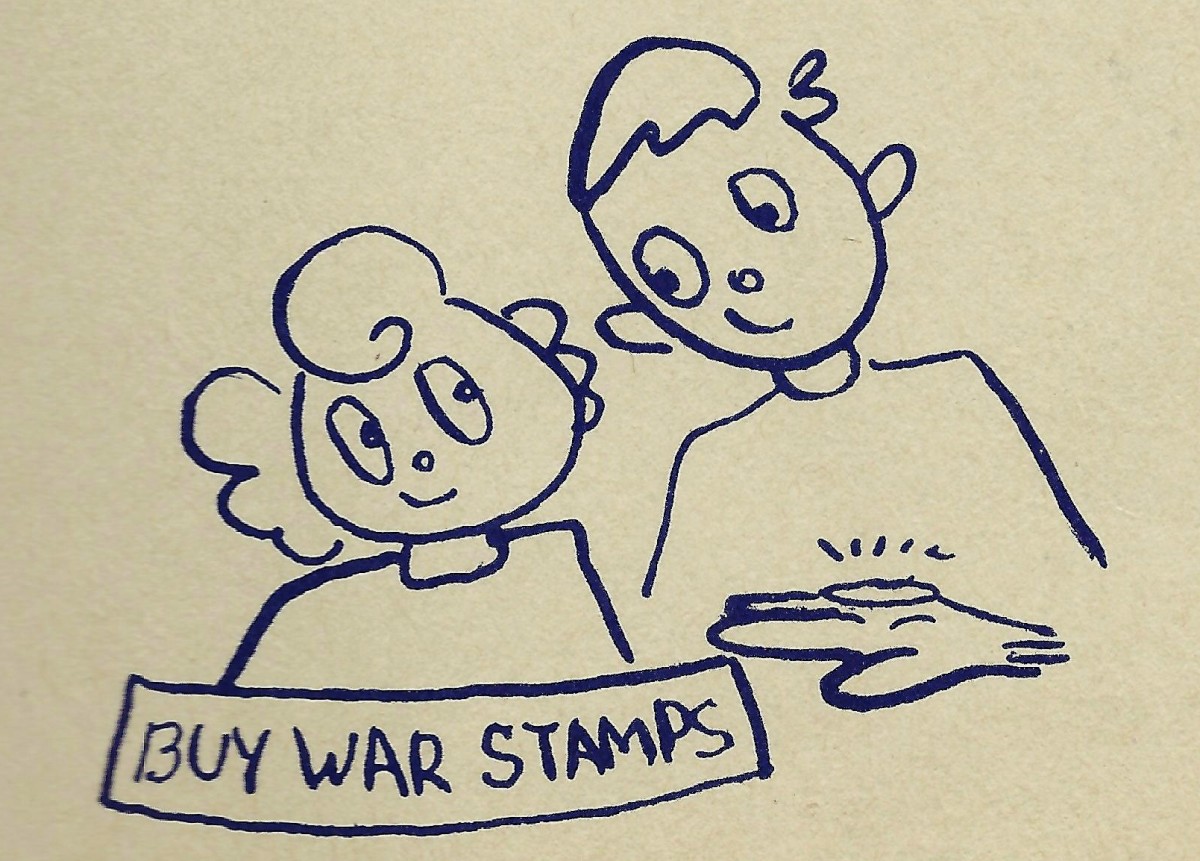Effective Teaching and Learning Strategies

Effective Teaching Strategies at Schools
A Teacher needs to have some good teaching strategies for making education fun. Here are some of the strategies which are highly recommended
· Cooperative learning or group work
· Discovery or guided discovery learning/ Active learning
· Expository learning
· Role play
· Differentiation
· Brainstorming
· Demonstration Method
· Cooperative learning or Group work
· Mind Mapping
Cooperative learning or group work
The group method or cooperative learning is thought of as one teacher engaging a small group of students in discussion. Students work together and interact in a task –related way with each other. One or some of the students help those who need or ask for help. Tasks and duties are also shared in the group.
Cooperative learning refers to a set of instructional methods in which students work in small, mixed ability learning group. The group has usually has four to six members, with high flyer, average achievers and achievers. The students in each group are responsible not only for learning material being taught in class, but also for helping their group mates learn.
Discovery/Active learning or guided discovery learning
Pupils learn by discovering things by themselves. It is an example of active learning in its “pure form”. Jerome Bruner believes that pupils must identify key principles by themselves rather than simply accepting teacher’s explanations.
In Discovery learning, the teacher presents examples and the students work with the examples until they discover the interrelationships.
Guided discovery is the use of a structural framework in which learning can occur. The student is given the problem and directed towards the solution as in the case of work cards, project work, etc.
Expository learning
It is the method facts, concepts, principles, relationships and generalization are described by the teacher or printed in the textbook with a view to pupils understanding and assimilating them. It consists of lectures, presentation, narrative and textbook method.
Example of activity done in class:
Explain and narrate a passage.
Role Play
Teachers use role play as an important teaching strategy or technique to allow pupils to identify with others and discover new ways of understanding. Materials such as photographs, stories, newspapers cuttings, cartoons, poems could all be used as a stimulus role to play.
Role play has the following advantages:
1. Developing communication and listening skills as well as practicing decision making and problem solving in social situation.
2. Building upon the required knowledge and skills of the pupils so that they can bring the teaching situation.
3. Motivating the child to learn, especially the slow learners. For bright students, role play acts as vehicle that develops alternative strategies.
4. Finding out what it is like to be in someone else shoes. As such, pupils have the opportunities to explore by acting, thinking and feeling like another person without real life consequences.
Example done in class:
To explain the value of money; asked pupils to act as shopkeeper and buyers.
Differentiation
Differentiation is the identification of and effective provision for a range of abilities in a classroom, such that pupils in that particular class need not study the same things at the same pace and in the same way at all times. As such it is a strategy, which enables teachers to group pupils into different ability groups such as: high achievers, average achievers and devise different procedures to reach.
The advantage of differentiation is that it ensures a sense of progression through the curriculum for pupils and staff. It caters for the very able ones and allows individual differences. It also enhances the school’s valuing of all pupils’ achievements.
Brainstorming
Brainstorming is a method for developing creative solutions to problems. It is an open sharing activity which encourages all children to participate. The advantage of this method is by expressing ideas and listening to what others say: students can adjust their previous knowledge, and accommodate new information and increase their levels of awareness. They can participate since almost all the answers are accepted.
Example of activity done in class:
What are the uses of water?
Demonstration method
Teacher explains and demonstrates the activity at the same time. It also involves specific use of modelling, presentation and introduction of new skills such as manipulative skills.
Example of activity done in class:
Air exists in balloon.
Mind Mapping
Mind mapping is a powerful technique allowing us to make the best use of our brain power. It consists of a central or key word, around which we draw 5 to 10 main ideas that relate to that word.
The advantage of mind mapping is that it helps to develop logical thinking, creative writing and deal with problem solving.








